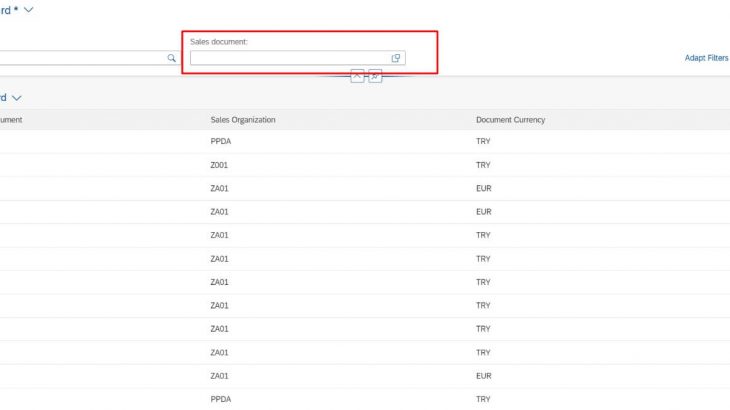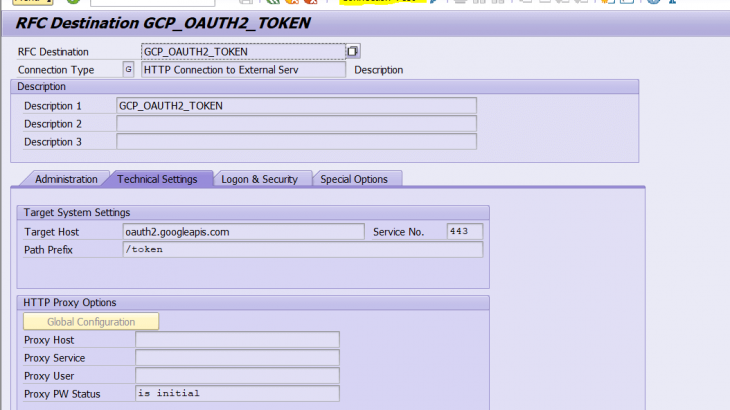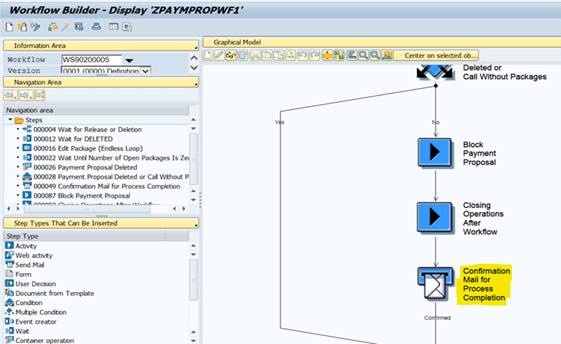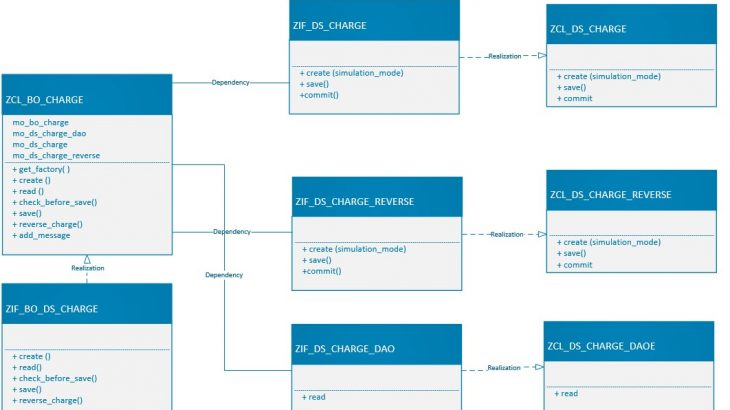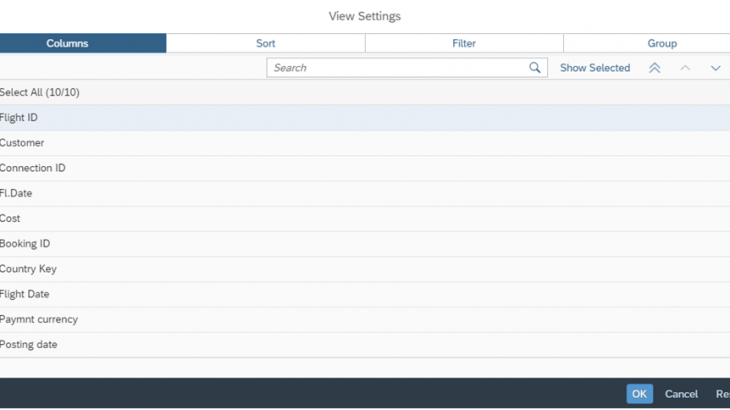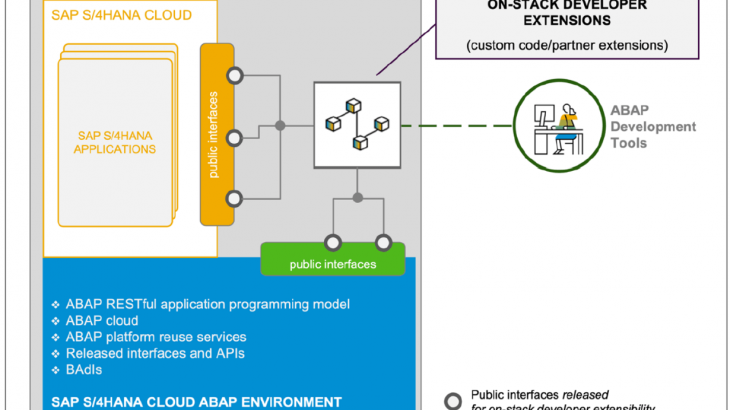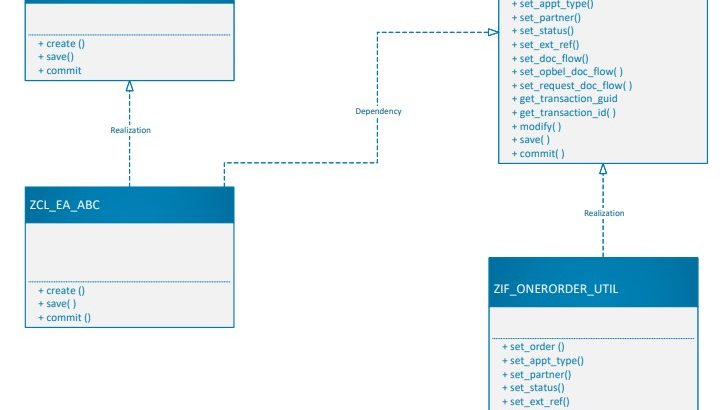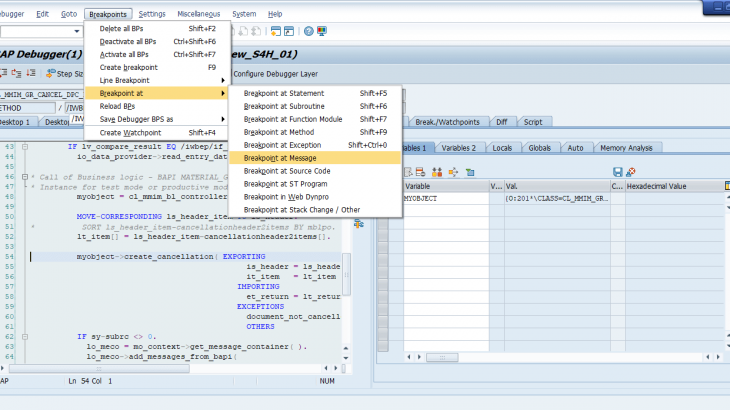
In this blog, I am going to explain one these problems and its solution. The problem: The customer wants to get an error message in Fiori if the document is once canceled you cannot cancel again the same document after reversing. The purpose of this blog, finding points for enhancement and a solution for getting […]
